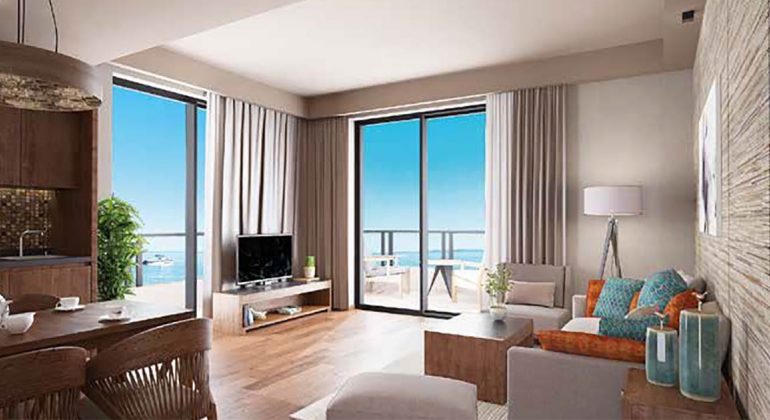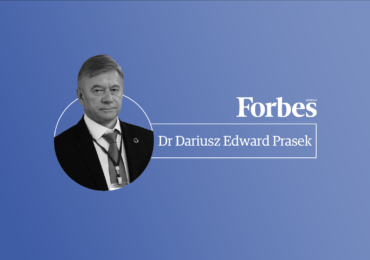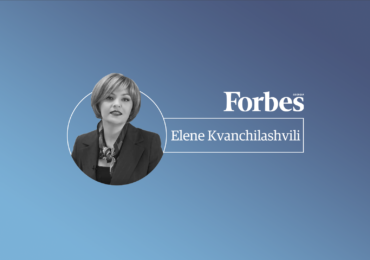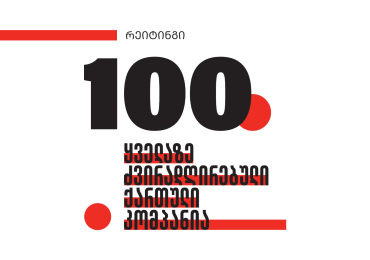The world has already rediscovered Georgia as a tourist destination.
With 3.5 million tourists in 2017, 2018 looks set to be another outstanding year, with tourist arrivals predicted to reach a new record of around 4.2 million – more than Georgia’s local population.
The world has already rediscovered Georgia as a tourist destination. National Geographic recently included Tbilisi in its top 10 destinations for 2018, and the Lonely Planet travel guide also named Georgia one of its top 10 places to visit this year.
Tourist numbers are already close to the country’s population of 3.7 million, a recent study from Galt and Taggart found. The total number of international visitors (tourists, transit and one-day arrivals combined) increased at a CAGR of 21.7% from 2008-2017.
Corresponding with global trends, tourism has flourished in Georgia over the last decade. Tourism revenue had an impressive CAGR of 22.4% in from 2008-2017, and reached a record high of US $2.8 billion in 2017, which is an increase of 27.0% over the previous year. As a result, tourism revenue’s share of the GDP increased by more than five times during this period, from 3.5% to 18.1%. Tourism exports rose to 35.9% of the total goods and services exported in 2017, from 12.1% in 2008.
The accommodation sector expanded consistently over the last five years. The 19.0% CAGR for hotel rooms from 2012-2017 conforms to the level of Georgia’s visitor growth. Over 3,000 additional rooms (+13.3% growth) were added to the accommodation stock in 2017, and the total number of hotel rooms is expected to reach 40,000 by the end of 2019, a large increase from the current total of 28,000 rooms. According to Galt and Taggart, domestic tourism is also driving demand for accommodation.
Hotel and restaurant turnover increased at a strong CAGR of 26.5% from 2008-2017, reaching 1.4 billion GEL in 2017. The sector is one of the largest employers in the Georgian economy. Value from tourism-related services accounted for 6.9% of the GDP in 2017.
Tbilisi was the most active spot for hotel investment in recent years. According to Galt and Taggart, as of 2017, Georgia had more than 1,963 registered accommodation units, with 27,907 rooms and 67,660 beds. The capital boasts the largest number of hotel rooms (28.9% of the total), with Adjara (19.7%) and Samtskhe-Javakheti (13.0%) as other hotbeds of hotel development. However, investor interest appears to be shifting towards other regions of Georgia, as the growth in room supply from 2018-2020 is expected to be evenly distributed between Tbilisi and regional destinations.
A good example of this is Dreamland Oasis in Chakvi, Adjara. What used to be 10 hectares of swamp in Chakvi is now a premium-category complex. The price for each square meter of this land now exceeds $2,000. Over $40 million has already been invested in the project. This year, developers will spend approximately $30 million, and by 2023, total investment will reach $94 million. High competition in the accommodation sector has led to a project with a distinctive concept, focusing on the value of aesthetics. This means that a well-planned environment, efficient infrastructure and distinctive aromas and lighting improve the emotional state of customers, promoting positive feelings and inspiring a strong motivation to return.
The whole idea is to create an environment where people are filled with new emotions on a daily basis. Take, for example, the fact that there are about 18 outlets on the Dreamland Oasis premises, and their number is still increasing. There is a half-kilometer boulevard with various infrastructure for relaxation, and this is designed to make sure that visitors who escape their urban surroundings and come here to rest will not find themselves back in the same hectic environment they just left.
The complex is in the premium category, so all customers of Dreamland Oasis are wealthy. The resort is popular not only with Georgians, but also Ukrainians, Russians, Kazakhs and others from post-Soviet countries. “They love our country and we try to offer them adequate services,” said Nikoloz (Koka) Geguchadze, the General Manager of the project, adding that among the guests there is a growing number of visitors from Eastern Europe.
Geguchadze says he sees tourism-sector trends reflected in Dreamland’s business: “Initially, we had 200 hotel rooms, and then we added apartments. The occupancy rate of the hotel is steadily following our development. In the third year of the project, we plan to add another hotel with 200 rooms,” he said.
The main Dreamland investors are from Austria. They started investing in 2014, and what was initially a 300 thousand dollar investment increased to 1 million, then to 3 million, and so on. The company now has 100 million dollars ready for investment. “The plan that we developed through 2023 is clear proof of this,” said Geguchadze.
The figures are impressive: so far 41.5 million USD has been invested in building the hotel and apartments. There is another ongoing project, which costs about 18 million USD. Dreamland is waiting for a construction permit for an additional project, which will likely be launched this year and will cost 12 million USD. By 2023, the total investment value will be around 94-118 million USD. All of this will be done in Chakvi.
The company also has other assets that it plans to develop in the future. “Our future projects will be determined by the success of Dreamland Oasis. When we feel ready to develop similar models in other locations where we own land, we will certainly do that. This will be a Georgian network brand,” said Geguchadze.
Dreamland Oasis is proving to be a successful project. Customers paid over $3,150 for one square meter of space in the last remaining apartments early this year, which means that demand is very high. “You know what has worked well for us? We don’t sell square meters as they are,” said Geguchadze.
Indeed, only 17% of the entire territory is occupied with buildings: the rest is marine infrastructure and green cover. Besides, there is plenty of eucalyptus, a botanical garden, the Mtirala National Park, mountains and the sea, which all create a unique micro-climate. And all of these are close at hand to the Dreamland Oasis. “There is well-developed infrastructure, and that is why we say that we don’t just sell square meters, we sell the emotions you get from the aesthetic beauty and comfort of Dreamland Oasis. You can safely spend your holiday with your kids or parents, and rest assured that everyone feels safe and happy here,” explained Geguchadze.
Meanwhile, the prices for client’s initial assets, purchased before Dreamland started construction, have already increased by 30%.
If before the Dreamland Oasis, people travelled to Turkey to enjoy these services, now they can get them in Chakvi. “We are obviously pioneers on the market. We are the first to create such an environment and to take this tremendous responsibility. We offer our customers finished apartments. These apartments have everything — you can just step in and drink some tea. 80% of the apartments have already been sold. The fact that none of the customers have so far attempted to redesign their apartments confirms that customer satisfaction is high,” said Geguchadze, adding: “This is a very important indicator for us; it shows that we have managed to create a good environment for our customers.”
Tourism development is one of the key areas in the four reform pillars the government introduced in 2016. The government is developing a spatial plan for the entire country, as well as for municipalities, villages and coastal regions, including masterplans for established tourist destinations and for places with untapped tourism potential. Additionally, the government of Georgia is incentivizing the hospitality sector in rural regions. A hotel industry incentive program, administered by Enterprise Georgia, co-finances interest payments and consulting services and provides a partial collateral guarantee. Since the launch of the program, which includes incentives for developing internationally branded hotels outside of Tbilisi and Batumi, 42 hotel projects have been accepted, and total investment has reached 123.7 million GEL and 1,200 rooms as of March 2018.
Galt and Taggart estimate that tourist arrivals will more than double over the next five years. This will mean 7.6 million tourists, or twice Georgia’s population. At these levels, Georgia will overtake the ratios of Hungary (with 1.6 times its population), Slovenia (1.5 times more), Albania (1.4 times) and Bulgaria (1.2 times), but will still be below the proportions found in Croatia (3.3 times its population), Cyprus (2.7 times), Montenegro (2.7 times) and Estonia (2.4 times), basedon2016 statistics. The most recent research by Galt and Taggart indicates that these findings for Georgia seem reasonable, as in the countries mentioned above, tourist numbers previously doubled every five to seven years. “Additionally, we do not exclude faster tourist arrival growth in Georgia, given the rapid success of ongoing reforms in the tourism sector.”

















